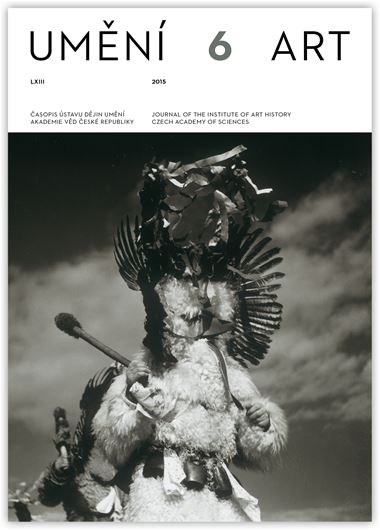Jan Dienstbier – Ondřej Faktor
Obrázky z pekla. Souvislosti několika vyobrazení Posledního soudu z počátku 14. století
This article focuses on the wider context of four wall-paintings depicting the Last Judgement that originated in the first half of the 14th century. They are located in the Church of St Nicholas in Boletice, the Church of Ss Nicholas and Leonard in Dolní Slověnice, the Church of the Birth of Our Lady in Pičín, and on the painted walls in the cellar of what was once the house of a bell-ringer near the parish church in Broumov. The authors find that there are similar features to the concept of hell used in all four locations, and that concept differs from the customary Western concept in which a central role is played by the social stratification of sinners. In these paintings there is instead an effort to offer concrete depictions of the sinners’ offences rather than just references to the conventional way of depicting the seven deadly sins. The authors examine what role is played by the incorporation of these motifs into the context of the Last Judgement and in cycles in which the Last Judgement figures as one of a number of paintings. There are other examples around Europe of this unusual inclusion of tradesmen in the iconography of hell (e.g. Chaldon in Surrey in the UK, Bergen on the island of Rügen in Germany, the western portal of Bern Münster). The tendency to create concrete depictions of sins can be found in the stage plays and satire of that period, but it also coincides with the development of mediaeval spirituality (in the 13th century the church began to focus more on the everyday sins of laypeople and on confession). In mediaeval wall-paintings this effort to show concrete depictions of sins existed alongside attempts to capture sins as types within the emerging concept of the seven deadly sins. In connection with these iconographic systems numerous works of art and literature originating right across from the 13th century up and well into the early-modern age include depictions of the figure of an alewife, and as a type this figure has its roots in the real social situation of women running taverns, and in the misogynistic views of that period. Evidence of the remarkable vitality of this image is its continued presence even later in the vernacular mystery plays of the Czech baroque period.
Full-text in the Digital Library of the Czech Academy of Sciences:
https://kramerius.lib.cas.cz/uuid/uuid:f36786fc-d5f0-46b4-b813-1910639df1cc
< back

